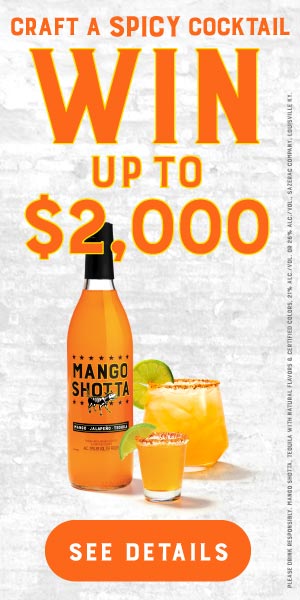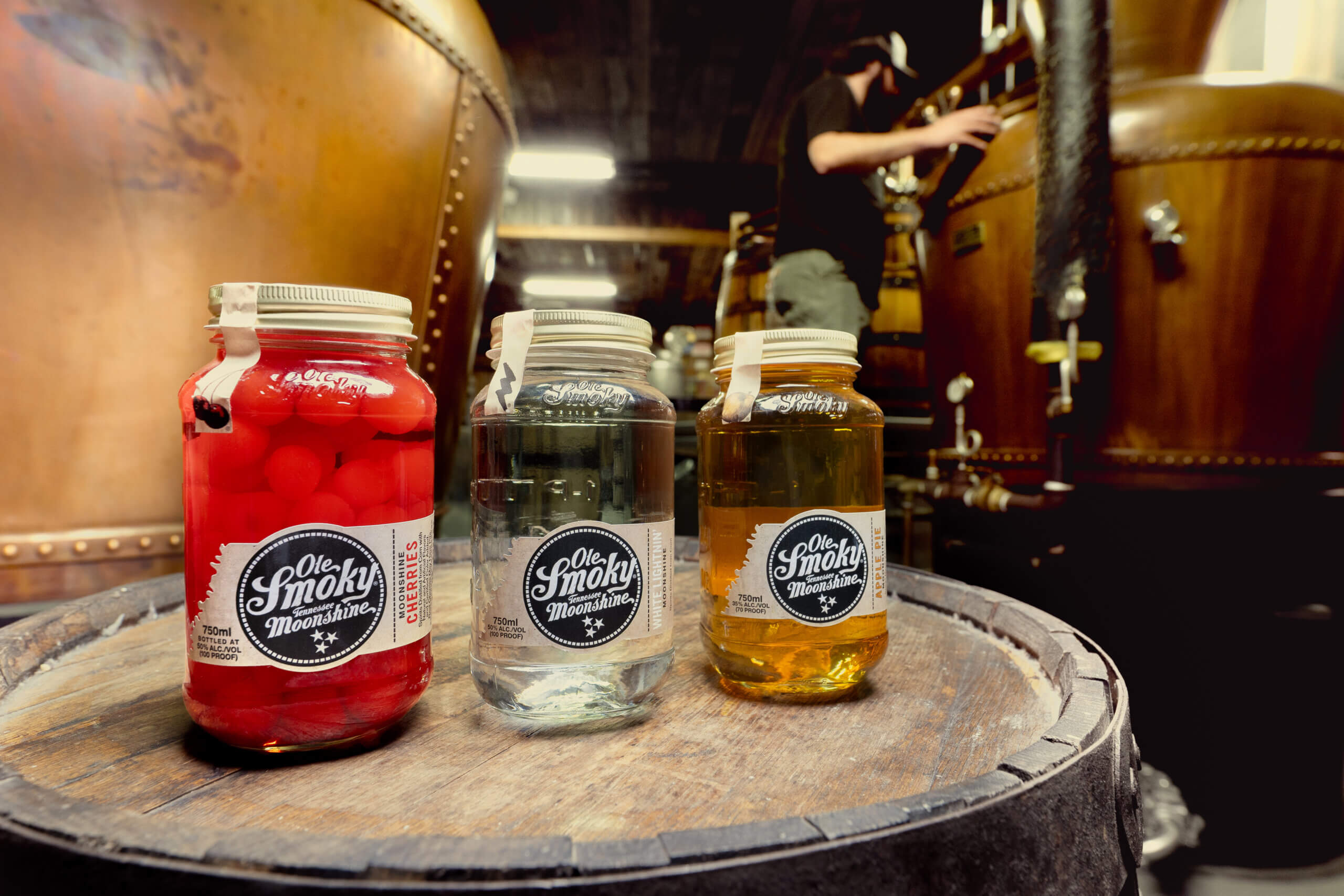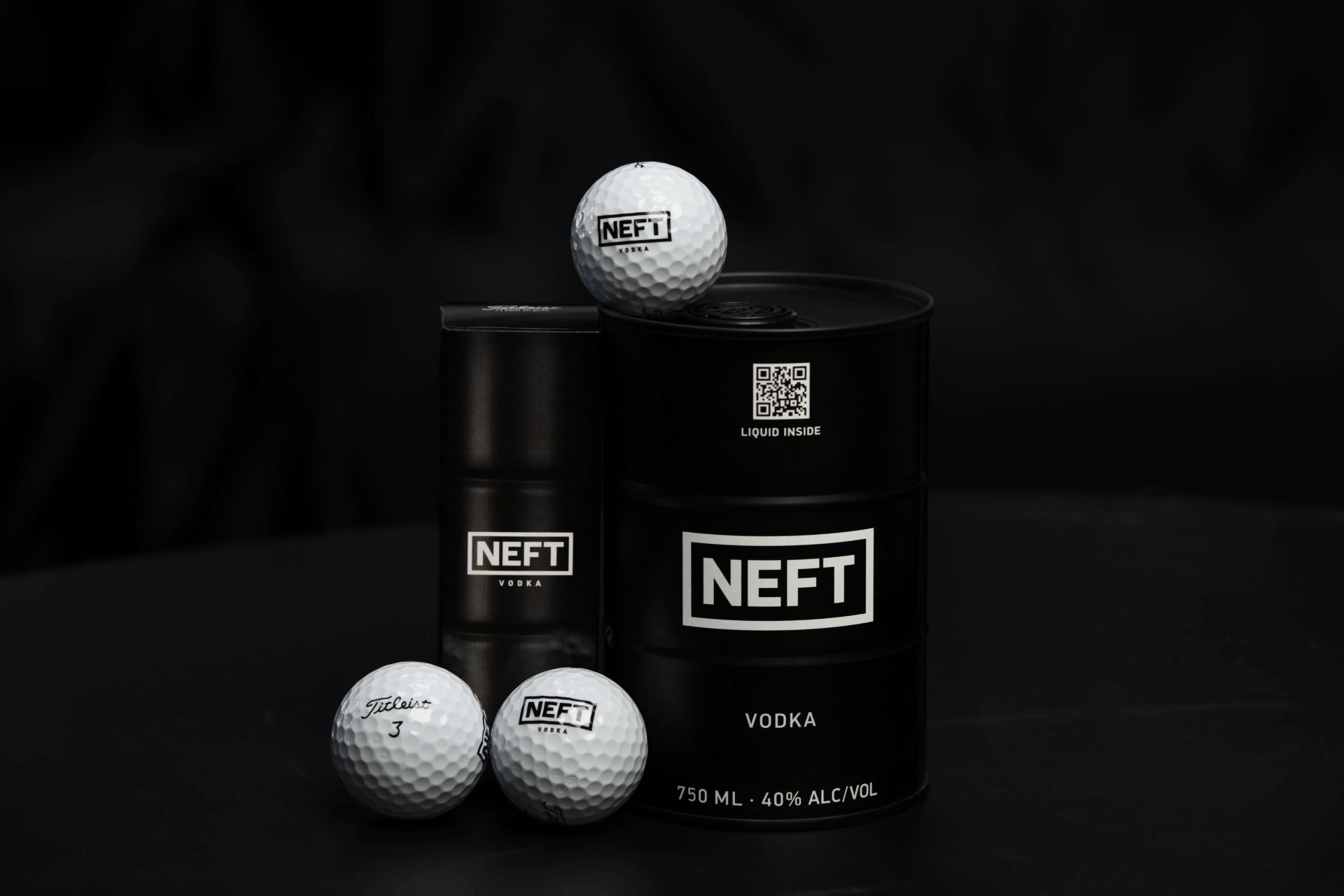Inside Manska’s Mind: Advice for Bartenders on the Sensory Science of Flavor
By George Manska
We go inside the mind of George F Manska for an analytical look at Sensory Science for Bartenders. In this segment, George gives us an introduction to flavor.
As educators, good bartenders are a valuable and respected source of information to their clients and patrons. Repeat business and building a strong patronage can easily be about developing a working knowledge of reliable and factual information. For decades, market-driven brand ambassadors, educators, distillers, and wine-spirits-beer industry executives have constructed “fill-in-the-blank” answers to important questions which mislead the public, promote the status-quo, inhibit education, and twist science into prurient marketing plans.
They are not getting by with it today, as new drinkers turn their backs on the establishment’s marketing-developed “science” to seek reliable, fact-checkable information. The new breed of professional bartender belongs to that generation, is an avid fact checker, takes personal pride in knowledge and truth, and has a passion for learning and teaching.
That brings us to the purpose of this column. We at Arsilica, Inc. are science-minded folks constantly seeking better ways to evaluate and enjoy alcohol beverages. Our goals mesh perfectly with the educational goals of CHILLED Magazine, and we collaborate to bring you a reliable source of true sensory science and bust a few myths. One of the most effective ways to impart critical alcohol beverage education is through the well-grounded professional bartender.
Definition: bartender [ˈbärˌtendər] one who mixes and serves drinks at a bar (obviously written by someone who never knew a career, professional bartender). Definition: professional bartender: psychologist, consultant, engineer, salesmen, accountant, conversationalist, strategist, friend, educator.
What is Flavor?
Charles Spence, well-respected sensory science researcher, published an important article on Just How Much of What we Taste Derives from the Sense of Smell, on July 28, 2015 (BioMed Central). Using that as a basis, we modified it slightly to reflect simplistic mouthfeels and tastes specifically related to alcohol beverages, as verified through our own research. Flavor = 90% aroma + 5% taste + 5% mouthfeel.
According to Harrison Wein PhD, Humans Can Identify More Than 1 trillion Smells (Published by NIH, March 31, 2014).
- We have only 5 tastes: Sweet, salty, sour, bitter, and umami
- There are hundreds of mouthfeels: grainy, oily, minty, hot, spicy, metallic, dry, lumpy, sticky, just to name a few. Mouthfeel is more than texture.
- When tasting a raspberry we sniff it first, place it in the mouth and bite. We don’t taste raspberries, we smell raspberries, taste sweet, and mouthfeel sensors detect the tiny bubbles of flavor popping, and fruit texture including the tiny fuzzy hairs.
Two Paths of Smell – ortho-nasal and retro-nasal:
The ortho-nasal path is directly through the nostrils to the olfactory cavity and the olfactory bulb, where smell sensation only is transmitted to the brain. Ortho-nasal smell begs the question “Is it safe, poisonous, or disagreeable?” – good information to have prior to tasting, and exactly why we smell our food before we eat it.
Retro-nasal smell is the combined aromas that arise after food or beverage is placed into the mouth, conditioned with saliva, and moved around to include as many sensors as possible. Aromas creep up through the pharyngeal opening into the back of the oral cavity to the rear of the olfactory bulb for detection. Our raspberry may leave an entirely different finish impression than the singular, first sniff ortho-nasal sensation.
Retro-nasal smell, taste, and mouthfeel are all transmitted by the trigeminal nerve in a single packet of information to the brain for identification or classification (in the case of a new smell) and memory. Retro-nasal prompts questions “How do I feel about it? Do I recognize it? Should I retaste?”
Finish is not only on the palate (roof of the mouth) and tongue, as most believe. Finish is the final impression of food or beverage after it has been modified by saliva and after swallowing or expectoration. Many refer to a “good” finish as “It went all the way back,” or they use that undescriptive adjective “smooth” (please don’t go there). Sometimes a little “kick” or spasmodic reaction on the tongue appears to prompt “Are you sure you want to swallow this?”
After the first swallow (or spit), begin evaluation. Once the food or beverage has left the oral cavity, focus on which lingering smells, tastes, and mouthfeels are recognizable, which are new sensations and their identification. Seek to identify those you don’t recognize. Frequently, reading the label or distiller/vintner/brewery website verifies what you think you smelled or tasted. Retaste to stamp the memory into your brain, talk about it aloud, repeat names of all flavor impressions, and read about what you don’t understand to become a much more knowledgeable (and informative) bartender – even if you don’t like it. Be rational and fair, systematic, take your time, retest to verify, keep notes, re-evaluate on a different day.
Many good bartenders Impress clients with a card/phone file of personal notes and dates tasted. Start with the on-hand inventory at your bar and the specific spirits your favorite patrons enjoy and build with personal tastings outside of work. Approach every tasting opportunity as your own important critical moment of personal development.
Summary:
Flavor = 90% aroma + 5% taste + 5% mouthfeel
Olfactory aromas (both ortho-nasal and retro-nasal) are by far the major portion of flavor
Retro-nasal (finish) is the final evaluation process and therefore, the most important part of any diagnostic evaluation
The key to personal knowledge and expertise is a serious, methodical approach to tasting and evaluation
In Part II, we explore taste and mouthfeel, the tongue map deception, and place human olfactory in perspective.
About George Manska

George is an entrepreneur, inventor, engine designer, founder, Chief R&D officer, Corporate Strategy Officer, CEO Arsilica, Inc. dedicated to sensory research in alcohol beverages. (2002-present). He is the inventor of the patented NEAT glass, several other patented alcohol beverage glasses for beer and wine, (yet to be released). Director ongoing research into aromatic compound behavior, and pinpointing onset of nose-blindness. George is a professional consultant for several major spirits competitions, has been published in the MDPI Beverage Journal Paper, is the founder or member of over seven different wine clubs for the past fifty years, is a collector of wines and spirits, has traveled the world, and is an educator and advisor of multiple spirits sensory seminars.










